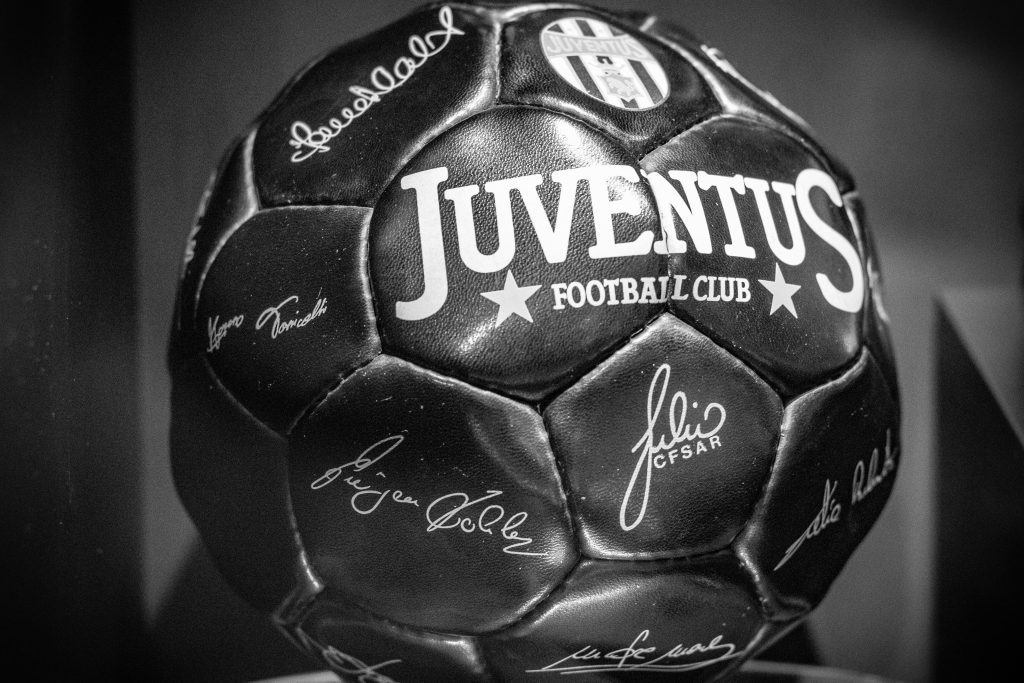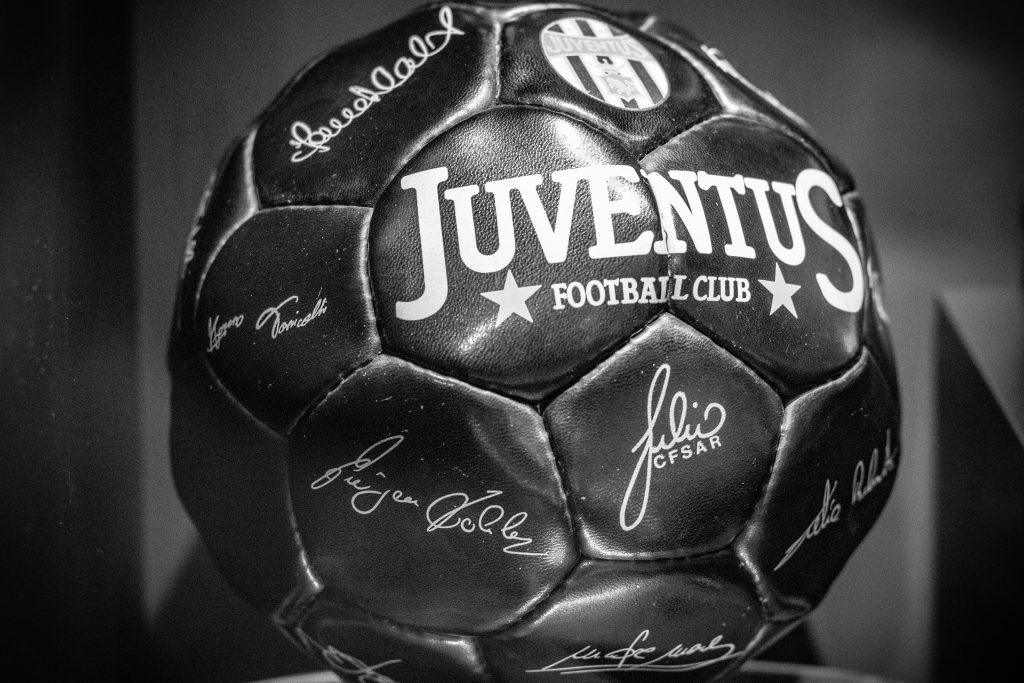The Evolution Of The Soccer Ball
The history of the soccer ball dates back to thousands of years ago when pig bladders and stitched-up clothing materials were used as soccer balls. In ancient China, ‘tsu chu’ was a popular game that featured animal skins in making spherical materials that looked like modern soccer balls to play the game. The ancient Greeks and the Egyptians also played makeshift balls in most of their ancient games.

The evolution of the modern soccer balls started in the twentieth century, and it wasn’t until Charles Goodyear made the first vulcanized soccer ball. The problems with the soccer balls used before this period were mainly difficulty in getting the right target. So, players could not predict the direction of the ball when kicked. The shape and size of the bladders being used in making these balls were enormous factors for how the balls would behave when kicked.
H. J. Lindon made a huge impact when he developed a rubber bladder that could be played as a soccer ball. Being an inflatable rubber bladder, most of the problems associated with earlier inventions were reduced.
However, relevant authorities have done a lot in determining the actual size and weight of modern soccer balls. The soccer ball has been described as an air-filled spherical object with a 68-70 cm circumference, usually covered in leather, plastic, or other approved materials.
The type of materials and panels being used and the shape and size of these materials brought about the significant improvement recorded in the evolution of modern soccer balls. Before now, they made older soccer balls with more panels, thereby resulting in their huge weight. However, with a considerable reduction in the number of panels, modern balls are easier to play, and players can now shoot soccer balls more accurately.

It is important to know that most soccer balls’ regular black and white color does not add anything to them, except that it allows viewers with monochrome televisions to see the ball. However, with more brands stepping into production, soccer balls now come in different colors and can be gotten very easily.
